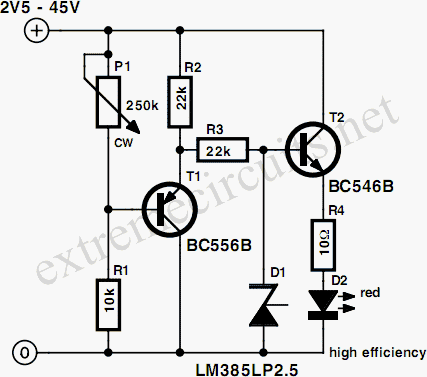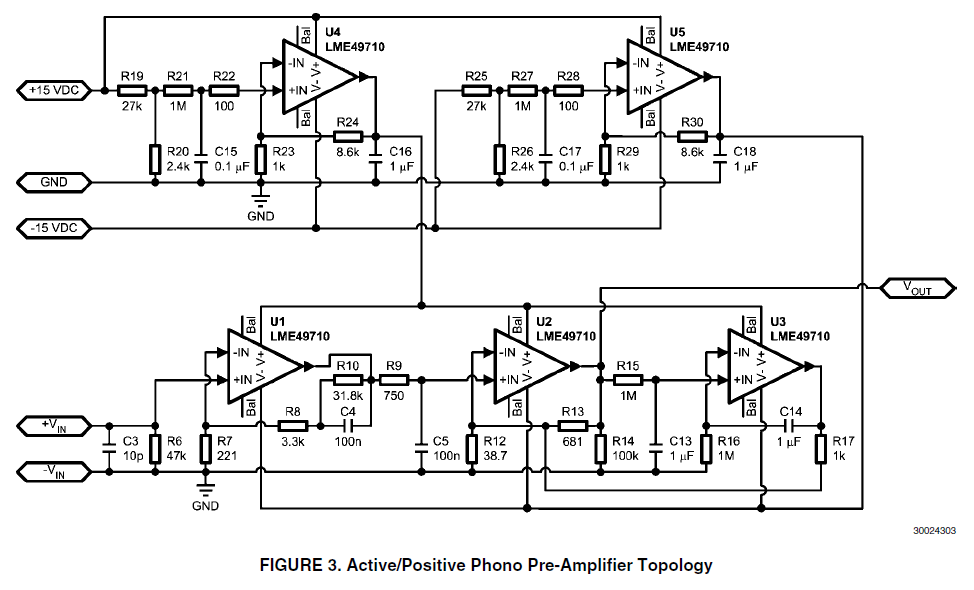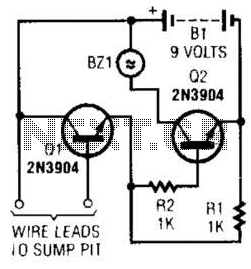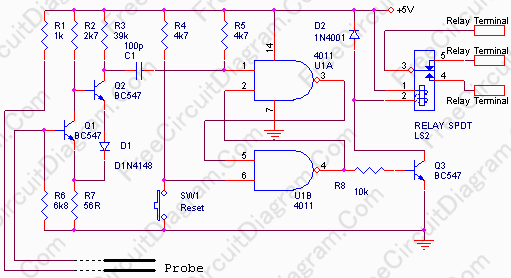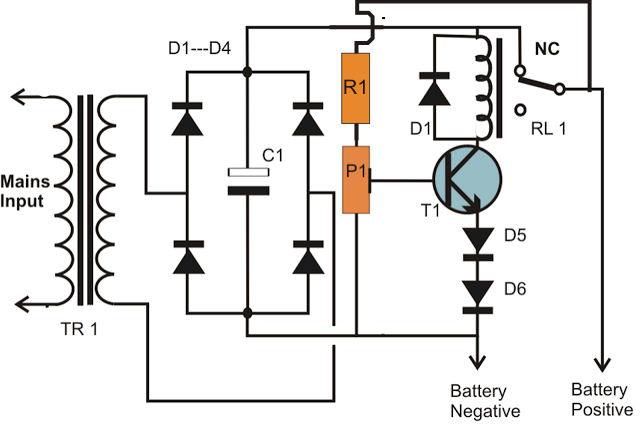
Simple Phono Preamplifier
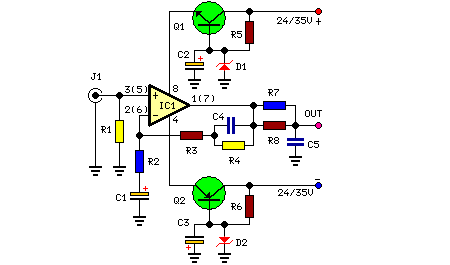
This is a simple phono preamplifier circuit diagram. In recent years, following the introduction of CDs, vinyl recordings have almost disappeared. Nevertheless, a phono preamplifier remains useful for listening to old vinyl discs from a well-preserved collection. This simple yet efficient circuit, designed for affordable moving-magnet cartridges, can be used in conjunction with audio power amplifiers featured on these web pages. It boasts low noise, a good RIAA frequency response curve, low distortion, and effective high-frequency transient behavior due to passive equalization in the 1 to 20 kHz range.
The phono preamplifier circuit is designed to amplify the low-level audio signals produced by moving-magnet cartridges. These cartridges generate a signal that is significantly weaker than that produced by other audio sources, necessitating the use of a preamplifier to bring the signal up to a usable level for further amplification. The circuit typically includes a combination of resistors, capacitors, and operational amplifiers to achieve the desired amplification and frequency response characteristics.
The RIAA equalization is a critical aspect of the phono preamplifier design, as it compensates for the frequency response curve of vinyl records. The RIAA standard specifies a particular equalization curve that must be applied during playback to accurately reproduce the original audio signal. The circuit achieves this passive equalization through carefully chosen resistor and capacitor values, ensuring that the output signal maintains fidelity across the audible frequency spectrum.
In terms of performance, the circuit is engineered to minimize noise and distortion, which is essential for preserving the quality of the audio signal. The use of high-quality components and careful layout design can significantly enhance the circuit's performance, allowing for clean and dynamic sound reproduction. The frequency response of the circuit is optimized for the 1 to 20 kHz range, which encompasses the majority of musical content, ensuring that both low and high frequencies are accurately represented.
Overall, this simple phono preamplifier circuit serves as an effective solution for audiophiles and enthusiasts who wish to enjoy their vinyl collections, providing a bridge between the vintage media and modern audio systems while maintaining high-quality sound reproduction.This is a Simple Phono Preamplifier Circuit Diagram. In recent years, following CD`s introduction, vinyl recordings are almost disappeared. Nevertheless, a phono preamplifier is still useful for listening old vinyl discs from a well preserved collection. This simple but efficient circuit devised for cheap moving-magnet cartridges, can be used in c onnection with the audio power amplifiers shown in these web pages, featuring low noise, good RIAA frequency response curve, low distortion and good high frequency transients behavior due to passive equalization in the 1 to 20 KHz range. 🔗 External reference
The phono preamplifier circuit is designed to amplify the low-level audio signals produced by moving-magnet cartridges. These cartridges generate a signal that is significantly weaker than that produced by other audio sources, necessitating the use of a preamplifier to bring the signal up to a usable level for further amplification. The circuit typically includes a combination of resistors, capacitors, and operational amplifiers to achieve the desired amplification and frequency response characteristics.
The RIAA equalization is a critical aspect of the phono preamplifier design, as it compensates for the frequency response curve of vinyl records. The RIAA standard specifies a particular equalization curve that must be applied during playback to accurately reproduce the original audio signal. The circuit achieves this passive equalization through carefully chosen resistor and capacitor values, ensuring that the output signal maintains fidelity across the audible frequency spectrum.
In terms of performance, the circuit is engineered to minimize noise and distortion, which is essential for preserving the quality of the audio signal. The use of high-quality components and careful layout design can significantly enhance the circuit's performance, allowing for clean and dynamic sound reproduction. The frequency response of the circuit is optimized for the 1 to 20 kHz range, which encompasses the majority of musical content, ensuring that both low and high frequencies are accurately represented.
Overall, this simple phono preamplifier circuit serves as an effective solution for audiophiles and enthusiasts who wish to enjoy their vinyl collections, providing a bridge between the vintage media and modern audio systems while maintaining high-quality sound reproduction.This is a Simple Phono Preamplifier Circuit Diagram. In recent years, following CD`s introduction, vinyl recordings are almost disappeared. Nevertheless, a phono preamplifier is still useful for listening old vinyl discs from a well preserved collection. This simple but efficient circuit devised for cheap moving-magnet cartridges, can be used in c onnection with the audio power amplifiers shown in these web pages, featuring low noise, good RIAA frequency response curve, low distortion and good high frequency transients behavior due to passive equalization in the 1 to 20 KHz range. 🔗 External reference
